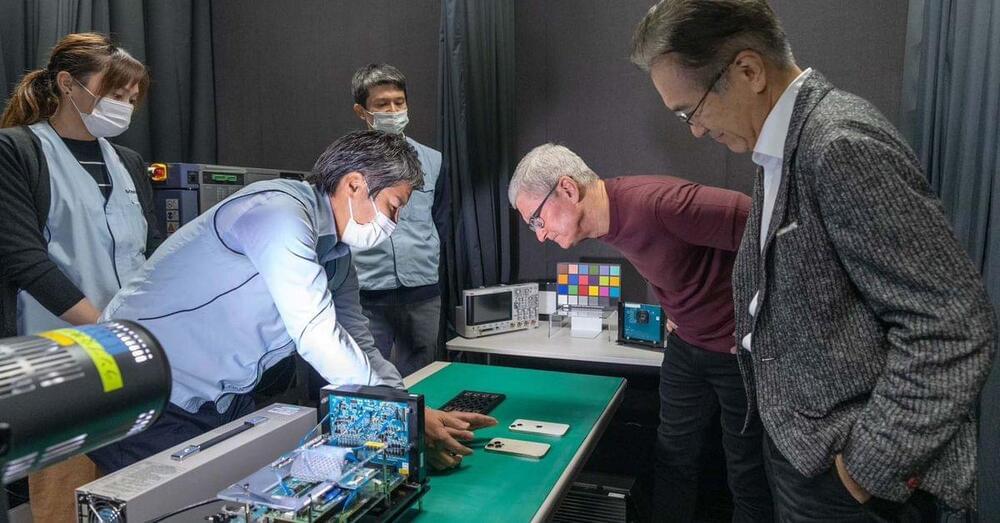There are likely many exciting alien worlds for extraterrestrials to visit.
Now that more and more scientists are actively searching for signs of extraterrestrial life, whether in our solar system or in the far reaches of space, more attention has been brought to the Fermi paradox.
A new study in preprint server arXiv suggests that we might not have encountered intelligent extraterrestrials because they may not find humanity very interesting.
Mik38/iStock.
The Fermi paradox posits that we should have detected intelligent alien life by now, given the fact there are billions of planets in the habitable zone of their solar system in the Milky Way alone. So where are they?








